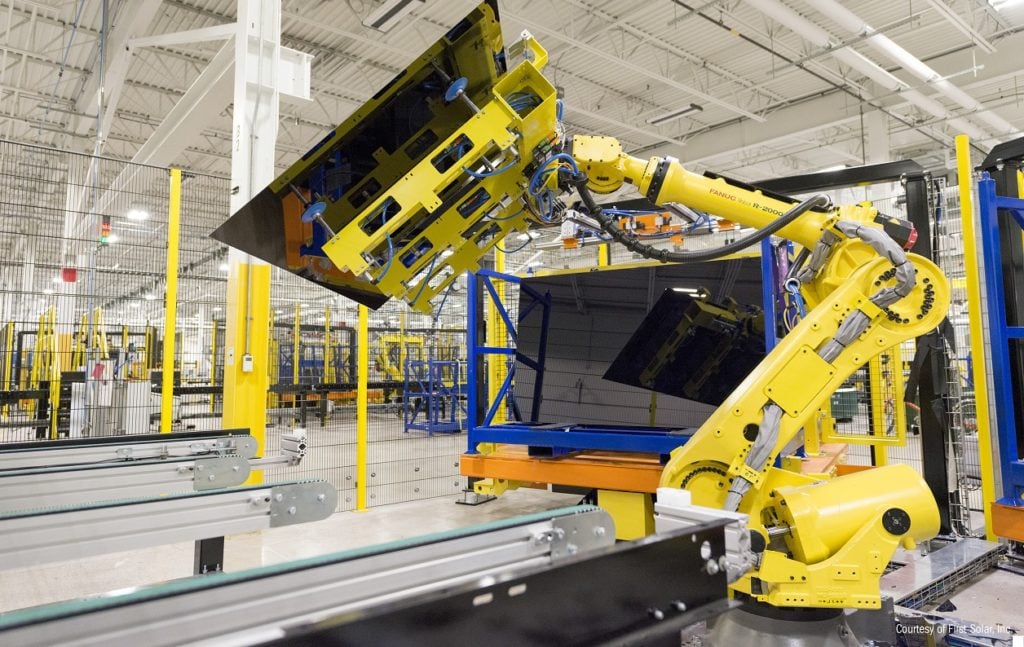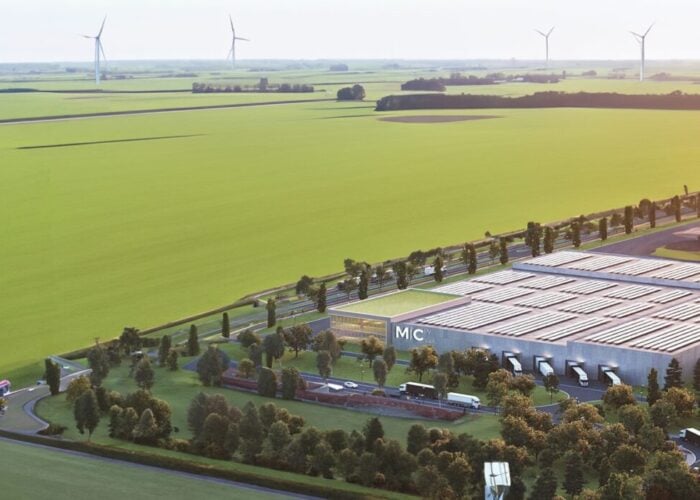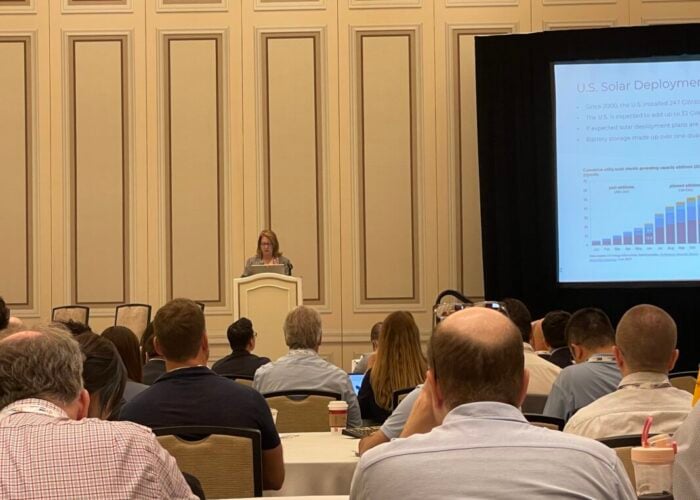
Several US senators have urged the Biden Administration to increase tariffs on Chinese-made PV module, cell and wafer imports, claiming they are a threat to US solar manufacturing.
In a written letter, four senators Jon Ossoff, Sherrod Brown, Marco Rubio and Reverend Raphael Warnock advocated for the tariff increase since the current tariffs under Section 301 of the Trade Act of 1974 are being evaluated under their statutory four-year review.
Try Premium for just $1
- Full premium access for the first month at only $1
- Converts to an annual rate after 30 days unless cancelled
- Cancel anytime during the trial period
Premium Benefits
- Expert industry analysis and interviews
- Digital access to PV Tech Power journal
- Exclusive event discounts
Or get the full Premium subscription right away
Or continue reading this article for free
“China’s aggressive subsidies for its own solar manufacturing industry demonstrate its intent to control the industry globally,” wrote the senators. “By 2026, China will have enough capacity to meet annual global demand for the next ten years. This capacity is an existential threat to the US solar industry and American energy security.”
The letter cited a report from analyst firm Wood Mackenzie, stating that China’s solar production costs had fallen by 42% in the last year to US$0.15 per watt, which the senators claimed was more than 60% below the price of a US-made panel. This severe discrepancy would put Europe and the US at “an extreme disadvantage” and prevent them from competing with the powerhouse of PV manufacturing in Asia, despite attempts to support onshore manufacturing.
The Solar Energy Industries Association (SEIA) has also reported that imbalances in global solar module supply and demand – driven by excess capacity in China – have put significant downward pressure on module pricing.
Senator for the state of Georgia, Jon Ossoff, has held strong views on the subject since masterminding the Solar Energy Manufacturing for America Act (SEMA) in 2022, which was brought into law under the Inflation Reduction Act (IRA) and established incentives at every stage of the solar value chain produced within the US. In an interview last year with PV Tech Premium, he stressed that the US had become so dependent on Chinese imports that establishing a strong base of PV manufacturing in America had become a national security issue, as well as being crucial to energy independence and energy security.
While US solar manufacturing has boomed since the introduction of the IRA, the senators claim that China’s heavily subsidised and artificially cheap PV products are damaging US efforts to onshore domestic solar manufacturing.
“Section 301 tariffs are needed to avoid dire consequences not only for our economic and national security, but also for the thousands of workers employed by these manufacturers,” they continued. “We must not allow China to destroy US manufacturing and control this strategic energy sector.”
The US has seen a boom in module manufacturing since the IRA’s introduction with more than 100GW of existing and announced capacity at present, but other components such as cells, ingots and polysilicon are lagging behind creating further reliance on imports from China and an imbalance of availability across the domestic supply chain.
European PV manufacturing is also facing an uphill struggle while it battles a major surplus of module inventory on the continent mostly due to Chinese imports. Johan Lindahl, secretary general at the European Solar Manufacturing Council (ESMC) warned that despite a 2025 target of reaching 30GW of domestic manufacturing in Europe, the current low market prices mean the whole European PV manufacturing industry could soon be lost.




